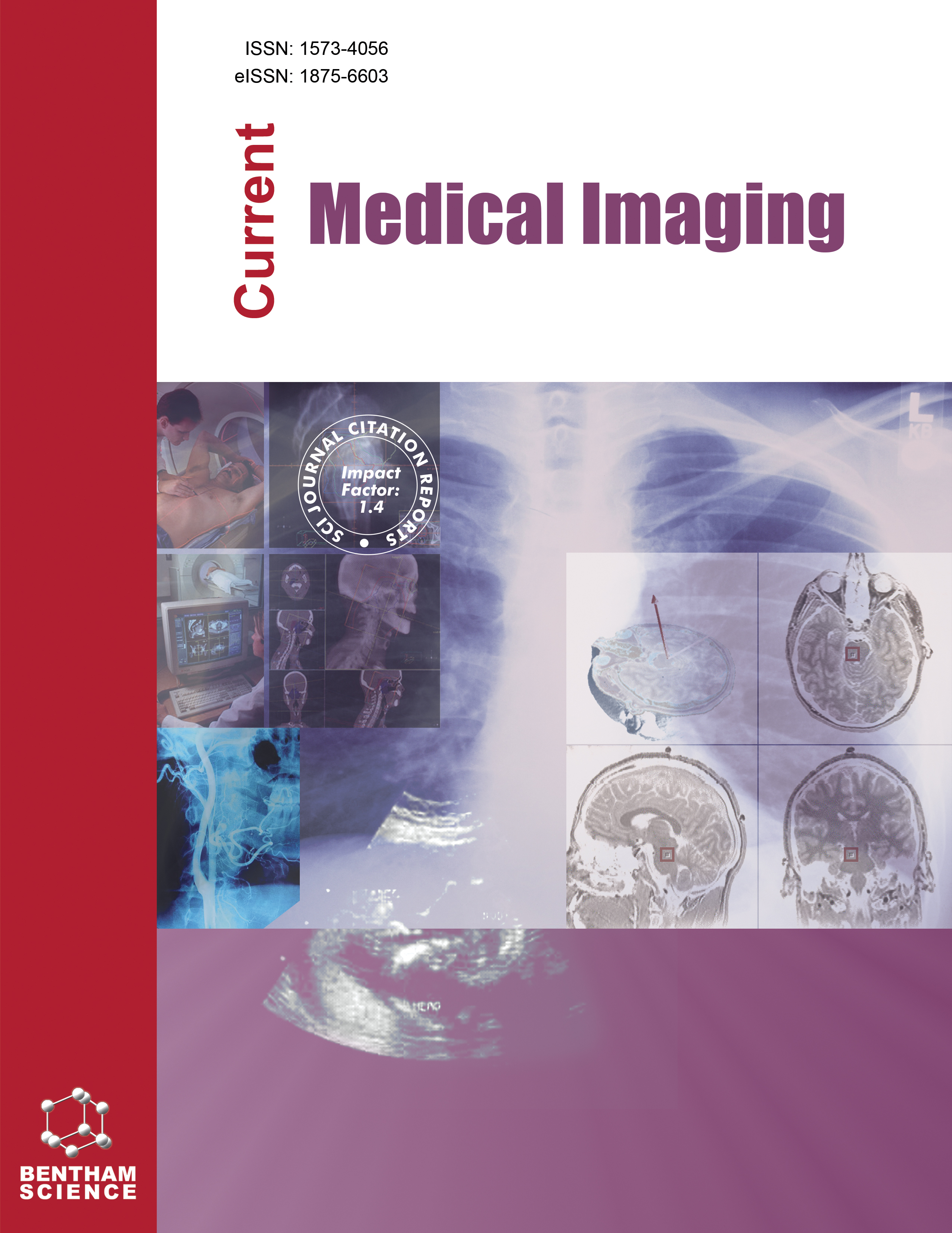-
oa Our Single Center Experience in Osteoid Osteoma Patients Treated with CT-Guided Percutaneous Radiofrequency Ablation Treatment and Follow-up
- Source: Current Medical Imaging, Volume 20, Issue 1, Jan 2024, e270623218293
-
- 22 Dec 2022
- 15 May 2023
- 01 Jan 2024
Abstract
Osteoid osteoma (OO) is a painful benign bone tumor. Typically, it causes pain that is most noticeable during the night, which is improved by nonsteroidal anti-inflammatory drugs. In the treatment of symptomatic lesions, open surgery for nidus removal is the gold standard. However, surgical technical difficulties and morbidities vary by location. Percutaneous radiofrequency ablation (RFA) therapy guided by computed tomography (CT) is now a popular treatment option for OO. This study aims to assess our single-center experience with the technique, complications, and procedure effectiveness.
The study included fifteen patients who were treated between 2017 and 2021. A retrospective analysis was carried out on archive images and file records. The lesions' location, nidus width, and affected area (cortical, medullary) were all recorded. The procedure and technical success, as well as postoperative complications and the need for repeat ablation, were all documented.
A total of 20 patients, 18 men, and 2 women, were included in the study, and 12 of them were pediatric patients. The patients' mean age was 16.9±7.3 years old, and the mean nidus diameter was 7.1±8.7 mm. There were 13 cortical niduses, 2 intramedullary niduses, and 5 corticomedullary niduses. The lesions were in the femur (n=12), tibia (n=6), scapula (n=1), and vertebrae (n=1). Two recurrences (10%) were observed in our patients during the follow-up. Patient with a femoral OO, the pain started again 12 weeks after the procedure and we performed additional RFA. The patient with vertebral OO had fewer symptoms and full recovery was not achieved. Therefore, the vertebral OO was ablated again 4 months later, and clinical success was achieved. One patient had a minor burn at the entry site that went away on its own after a short period of time. Except for the patient who was scheduled for a repeat RFA, no recurrence has been observed so far. The primary and secondary success rates are, respectively, 90% (18/20) and 100% (20/20).
RFA has a high success rate in treating OO. The procedure failure and recurrence rates are low. There are possibilities for posttreatment pain relief, early discharge, and a quick return to daily life. For inappropriate lesion localization, the RFA process replaces surgical treatment. The procedure-related complication rate is low. On the other hand, the burn during the procedure can be a serious problem.


